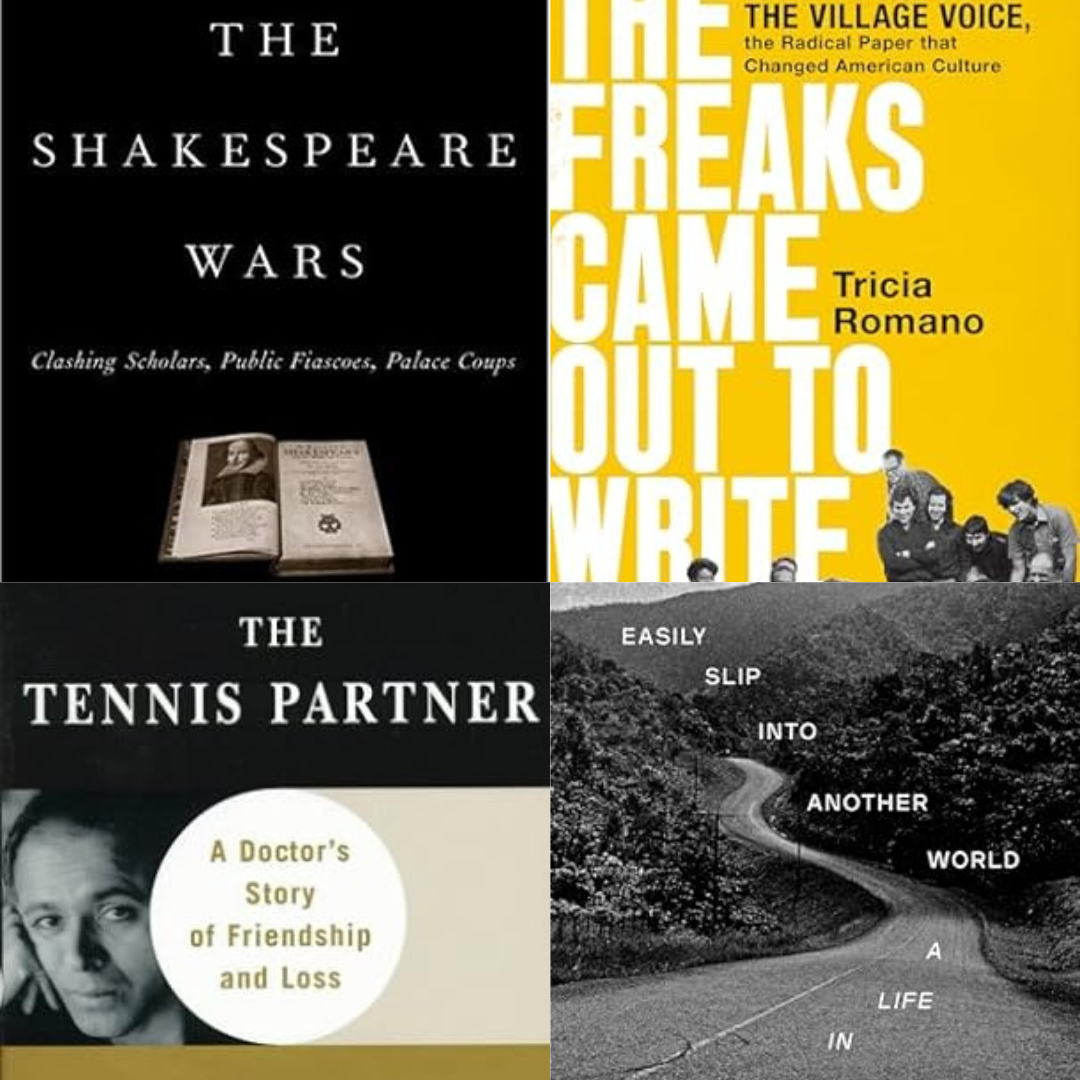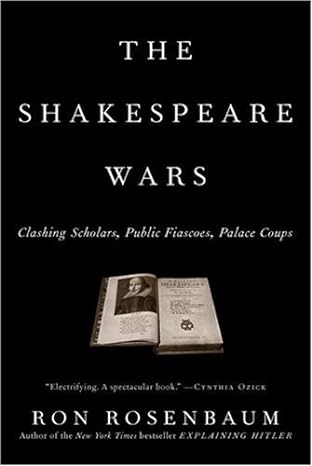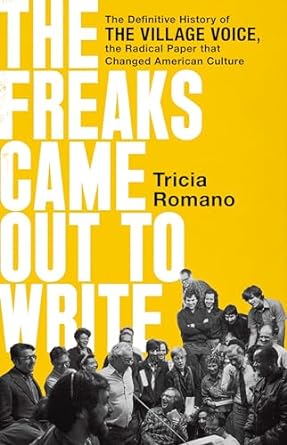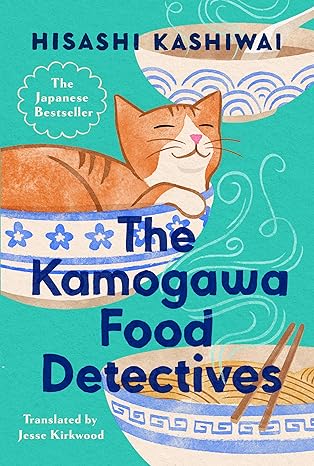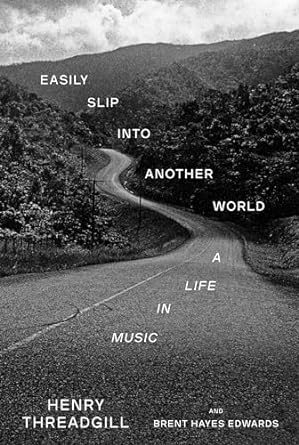Given that as a fifth grader, as my classmates dutifully
followed the teacher’s instructions and assembled caroling Santas, I
instead fashioned my very own Shakespeare from a pencil,
pipe cleaners, construction paper,
and a red, spray−painted
TV Guide
(this was long before I read an actual play, but I was an insufferable Bardolator even then),
I’m the ideal
audience for a five−hundred−page volume detailing the catty debates between
academics, theatre directors,
and passionate autodidacts on the finer points of the Stratford Kid’s canon. And indeed, the first half
of this book is dynamite, rollicking and action−packed although the only looming suspense springs from
the possibility of someone throwing the contents of a glass of sherry into a rival’s face.
A New York–based journalist
who studied the Old Globe’s favorite son at Yale, Rosenbaum chronicles snotty if erudite squabbles
over such esoterica as discerning the extent of Shakespeare’s hand in the three transcriptions
of
Hamlet (didn't
know there were three, did you?), whether or not those versions should be conflated or left to be studied
individually, and who had the bad taste to amend campy “O−groans” to the Downcast Dane’s final
line of dialogue in the First
Folio (as in: “The rest is silence, O, O, O, O”).
Certainly, if you've been
champing at the bit for a
thirty−two−page
smackdown of pompous twit Harold Bloom (from the index: “Bloom, Harold, overblown
rhetoric of, 399−400, 403−4,
461, 489”), Rosenbaum not only provides it, but boasts that not even the legendarily
porcine professor begging
him not to refer to his “Falstaffian proportions” as he had recently undergone bypass surgery
stops his former student
from gleefully attacking his
Shakespeare: The Invention of the Human (and, more than occasionally, Bloom's
character).
For spite and malice, hilarious and highbrow. But as you might have guessed from that Bloom anecdote,
Rosenbaum inserts himself far too much into the discourse — a chapter fixated on how he “humiliated”
himself in
front of director Peter Brook during a discussion at the Brooklyn Academy of Music is unbearable, and whenever he
quotes a highfalutin egghead complimenting him on his literary acuity despite his not being an
academic authority, it is to duck.
And though he celebrates the “bottomlessness” of Shakespeare’s
language, persuasively arguing there’s more “both/and” than “either/or”
in his
themes, Rosenbaum also mistakenly approaches the anti−Semitism of
The Merchant of Venice as others do the
sexism of
The Taming of the Shrew: as if it is two−dimensional, without
entertaining the notion that the playwright
could simultaneously be of his time yet see beyond it, strategically using that foresight to
upset audience expectations
(as he does
in, gee, I don't know,
every other play).
Ultimately however, I celebrate
Rosenbaum’s true mission:
championing the thrill of close−reading
over the self−indulgence of vacuous theory that has supplanted it in modern academia. I just wish I didn't get the
distinct impression
Rosenbaum craves that world’s validation oh−so badly.
B+
Grade: B+
